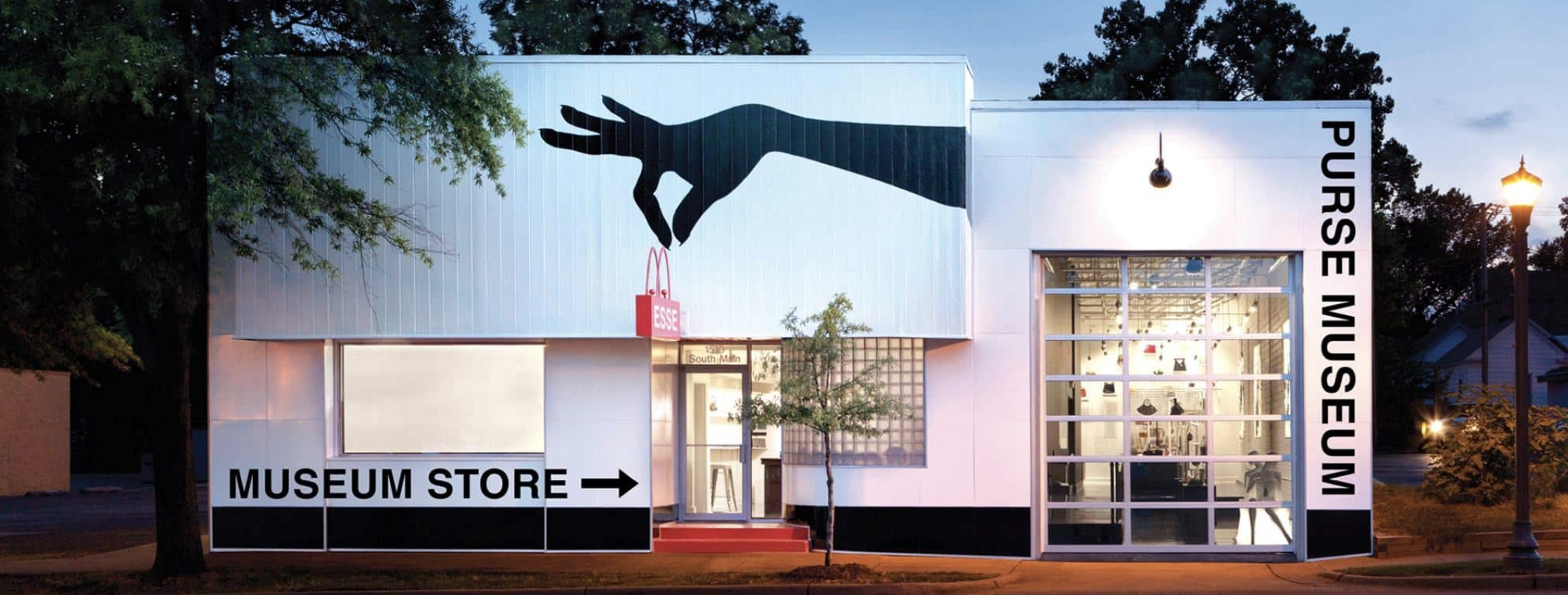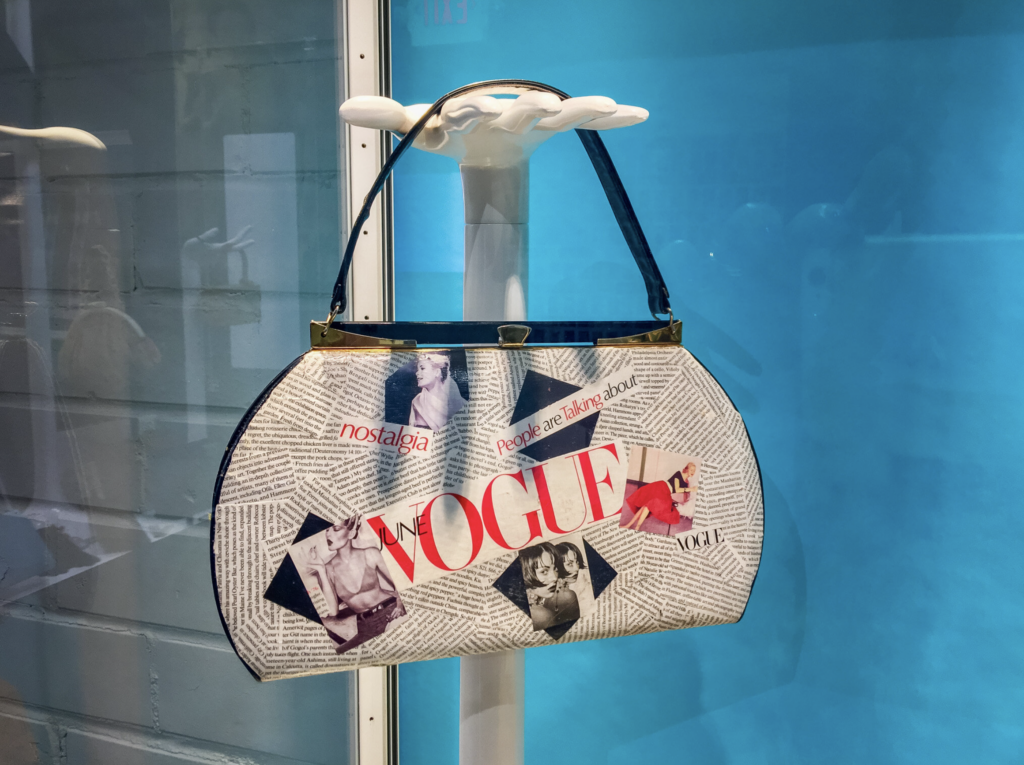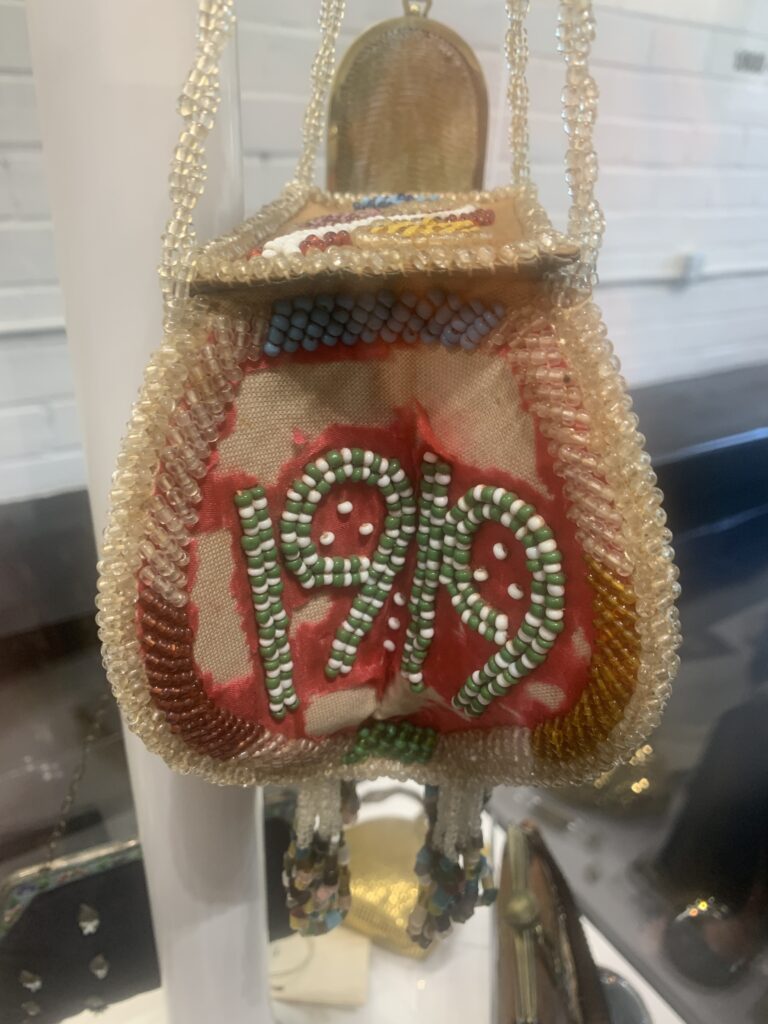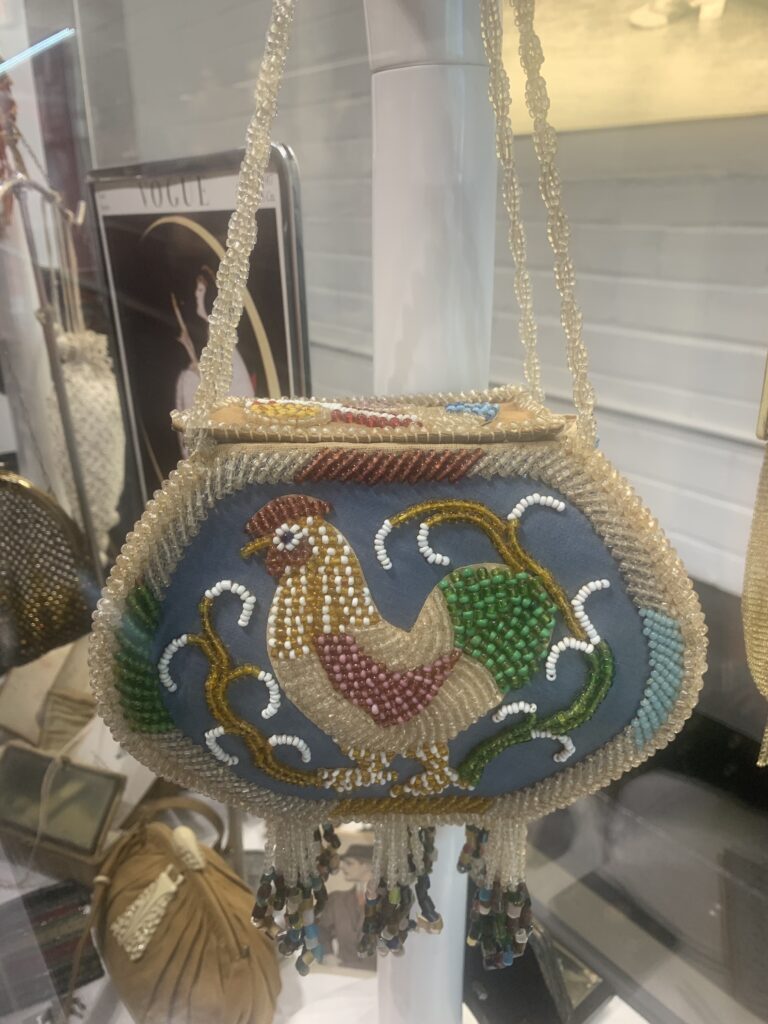A woman’s purse is more than just a utilitarian bag. It’s also an extension of her personal space and part of her identity, themes that are explored in the delightful ESSE Purse Museum in Little Rock, Arkansas, one of just two museums in the world dedicated exclusively to the beloved fashion accessory.
Founded a decade ago by Anita Davis, who came to the state capital with her two daughters after a divorce, the ESSE Purse Museum is a labour of love that she designed to celebrate the women in her life. “We’re really about the woman, it’s not just about the purse,” she says. “As you walk down the aisles, you can use your imagination to figure out what a woman’s life was like during different times in our history.”
The largest purse museum in the world was in Amsterdam, but it closed its doors during the pandemic, leaving ESSE and a museum in South Korea as the only ones of their kind. Located in Little Rock’s up-and-coming SOMA (South of Main) neighbourhood, the museum is in a building that has had many previous lives, including as a tobacco wholesaler and candy store. Today, it’s a bright space with several glass showcases displaying purses and the items their owners may have carried. Each display represents a different decade and the walls are decorated with oversized photos of women from different eras and numerous artworks that help set the mood.
Before launching the museum, Anita had wandered around the United States and parts of Canada with her daughters, picking up purses and other feminine artifacts at flea markets and thrift stores. It grew into a sizable collection so she teamed up with curators to use them as the basis of a touring exhibition. The success of those tours gave her reason to believe that a dedicated museum would be a success. Since then, the collection has grown through new acquisitions and many donations.
The very name of the museum reinforces how important she thinks purses are as a means for women to express themselves as ESSE is the Latin verb “to be.” Early on, most of the museum’s visitors were older women, but Anita says she’s seeing more men and younger women come in the museum’s doors and its adjacent purse store and gift shop. “When men do come in, they stay longer here than the women because they find it interesting and many of them say they had never seen the inside of a lady’s purse.”
As you walk through the displays, you’ll see the evolution of the purse and how they were very small at the turn of the last century then gradually grew in size with each passing decade. That trend may not last much longer, says Anita, who worries that the era of the purse may be nearing its end. She laments that a growing number of women don’t carry purses and instead carry their identity, money and all the information they need in the palm of their hands in the form of smartphones. “If we’re going to live in this world, we all have to make changes, but some of us will always love our purses. It may sound old-fashioned and romantic, but I do think that we’re losing some of our essence as we move toward technology.” —Mark Stachiew




Be the first to comment